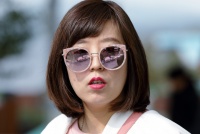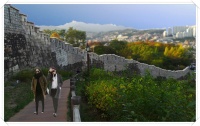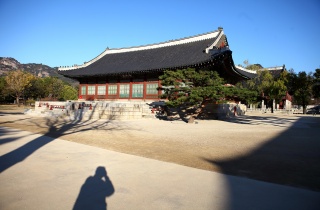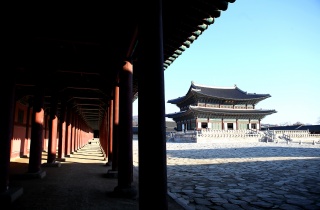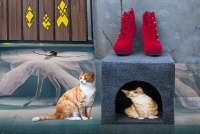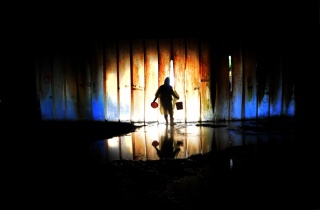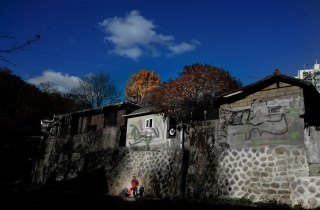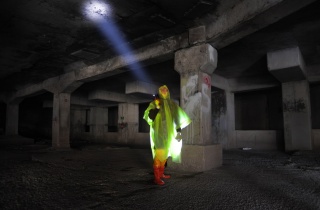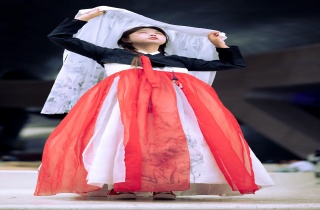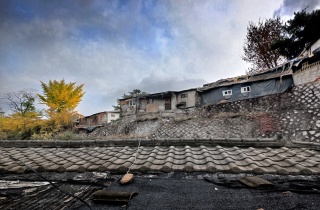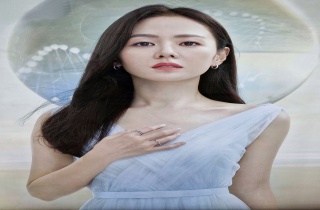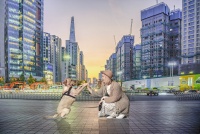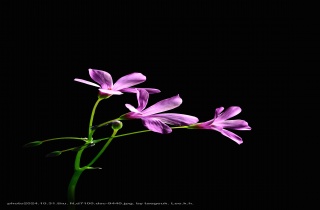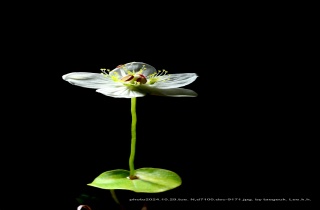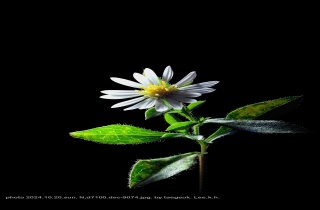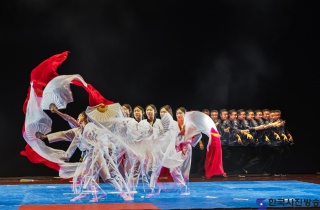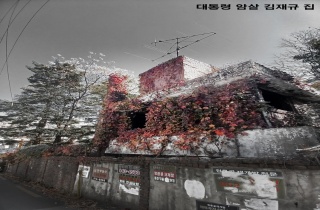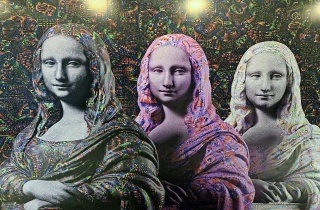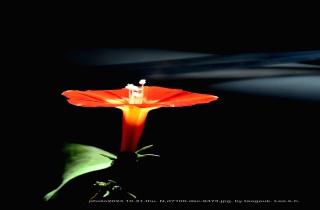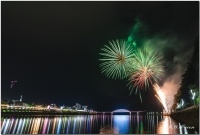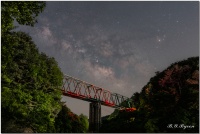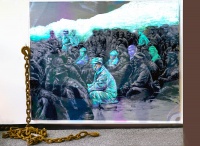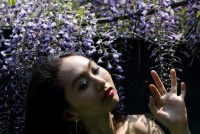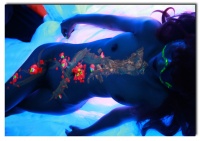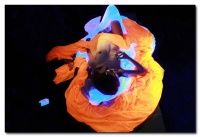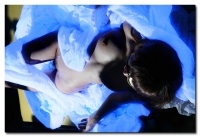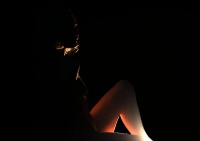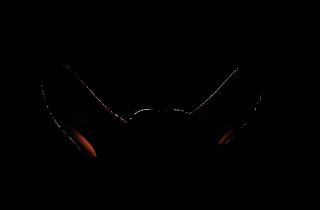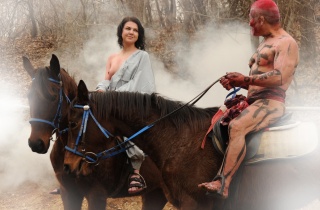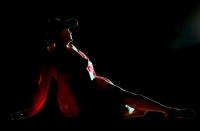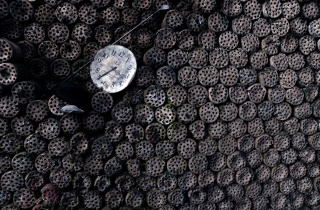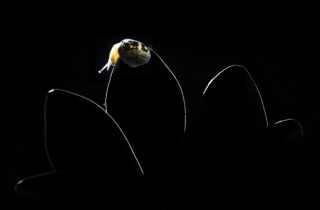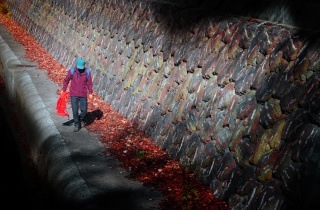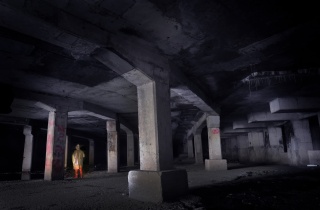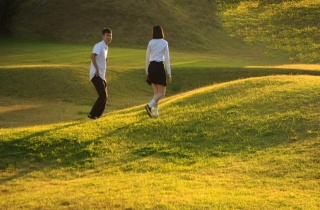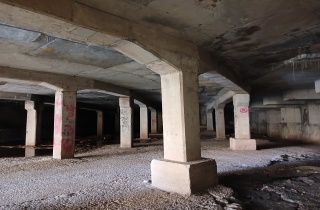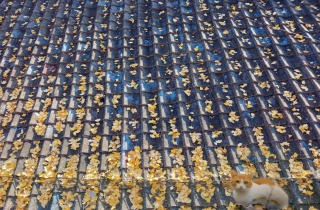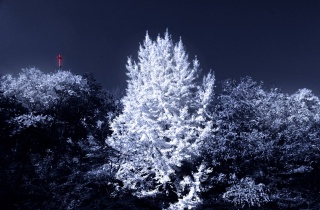|
오상조 개인전 ‘오래된 나무, 숨쉬는 돌’ 아트스페이스 J
전 시 명: 오상조 개인전_오래된 나무, 숨쉬는 돌
전 시 기 간: 2021.09.14(화)-10.28(목)
관 람 시 간: 월-금 10:00 –18:00, 토 11:00-18:00 (*일요일 및 공휴일 휴관)
전 시 장 소: 경기도 성남시 분당구 정자일로 166 SPG Dream Bldg. 8층 아트스페이스 J
전 시 내 용:
무기교의 기교”(윤세영), “잔잔함, 담담함, 단정함, 고요함”(김대식), “우직한 기록”(박평종), “우리 민족정서의 뿌리 찾기에 열정적으로 매달려 온”(문순태)
40여 년에 이르는 긴 세월 동안, 급변하는 시대의 흐름 속에서도 아날로그 카메라로 묵묵히 사라져가는 우리네 풍경들을 담아온 사진가 오상조의 작품 세계를 평하는 표현들이다. 사진의 본질이 훗날 그 시대상을 보여줄 수 있는 ‘기록성’임을 역설하며, 한국문화의 원형이 잔존하는 고향 남도 지역의 풍경을 기록해 온 그의 작품들에는 인간 삶의 터전인 자연에 대한 작가의 오랜 사유와 따뜻한 시선이 담겨있다. 그렇다면 그의 작품 속 주된 피사체인 ‘나무’와 ‘돌’이 우리에게 건네오는 이야기는 무엇일까?
‘당산나무’… 기억과 소통의 공간
동서양을 막론하고, 마을 입구에는 큰 나무가 있었다. 우리 선조들은 마을터가 형성되면 마을의 입구, 중앙, 혹은 위쪽에 당산나무를 심어 마을의 안녕과 번영을 기원하였다. 과거 우리네 마을 어귀 당산나무는 신격화된 나무이자, 물리적이고 심리적인 마을 공동체의 중심지이며, 바로 그 마을의 상징이었다. 이처럼 오랜 시간 인간사 희로애락을 함께 해왔던 당산나무는 근대화 과정과 맞물리며 그 자리를 잃고 쇠락의 길로 접어들고 있다. 그렇게 세월의 변천 속에서 이제는 인간 삶과 유기적인 관계를 맺지 못하고 변두리로 밀려났어도, 당산나무는 의연하게 그 자리에서 너른 가슴으로 우리를 품어 안는다. 얼핏 보면 여전히 위풍당당하고 우람한 듯이 보이는 당산나무는 그 외면 아래 보이지 않는 뿌리로 지나온 모든 세월을 감싸 안으며, 겉으로 드러나는 장대함보다 더 큰 넉넉함을 내면에 간직하고 있는 것이다. 그의 당산나무는 오래된 팝송 ‘Tie a Yellow Ribbon Round the Ole(old) Oak Tree’ 에 등장하는, 죗값을 치르고 고향으로 돌아온 인물이 마치 자신을 반기듯 노란 리본을 나부끼며 서있던 마을 입구의 떡갈나무를 마주하던 순간을 상기시킨다. 강인하고도 굳건한 생명력으로 수많은 변화를 묵묵히 지켜 보아온 산 증인이자 인격체로서 오상조의 당산나무는 언제나 그곳에서 우리를 반기며 각자의 기억 속 풍경으로 자리한다.
‘돌’이 품은 관조의 세계
투박하고 사실적이며 친숙한 모습의 파격적인 형식미와 토속적인 해학미를 보여주는 화순 운주사의 불상과 석탑들, 그리고 한반도 남녘에 산재한 고인돌부터 선돌, 돌부처, 석장승과 더불어 논두렁의 평범한 돌다리와 소담한 옛 가옥의 돌담들까지, 이들은 모두 오상조의 작품 속에 등장하는 ‘돌의 형상’들이다. 그는 우리 선조들의 손때가 묻어있는 가장 한국적이고 원형적인 풍경인 돌의 흔적을 찾아내는 작업을 통해 돌에 깃든 옛사람들의 숨결과 사상, 그리고 철학을 동시대를 살아가는 우리들에게 고스란히 불어넣는다. 유한한 존재인 인간은 시간의 흐름을 거스를 수 없기에, 긴 시간에 걸쳐 여전히 살아 숨쉬고 있는 돌의 형상들이 나지막이 전해주는 이야기는 우리에게 잔잔한 울림과 감동을 준다. 오랜 관조와 사유를 통해 대상의 정수를 뿌리 깊이 파고드는 오상조의 시선은 사물의 본질에까지 접근함으로써 천 년의 시간을 거슬러 살아 숨쉬어 온 우리네 삶의 다양한 형상과 염원을 드러낸다.
독특한 한국 고유의 정서를 담고 있는 오상조의 ’나무’와 고즈넉한 신비감을 자아내는 ‘돌’은 따뜻하다. 그의 나무와 돌은 그렇게 사람들 곁에서, 사람들과 더불어 살아간다. “나의 기록 사진들이 우리 곁을 지켜왔던 당산나무와 돌의 형상들처럼 오랫동안 남겨지기를 바라기 때문에 비교적 보존성이 검증된 젤라틴 실버 프린트 방식과 대형 아날로그 카메라 촬영을 고수한다”는 사진가 오상조. 그런 그를 그대로 닮아 있는 작품들을 마주하고 있자니, ‘목인석심(木人石心)’이 떠오른다. 사진가로서 40여년을 “한국의 문화적 흔적을 사진으로 표현하고 싶다”는 신념 하나로 우직하게 걸어온 작가 오상조. 일평생 사진작업을 해왔으면서도 여전히 “사진은 평생 할 건데 서두를 필요가 있냐”고 말하는 그가 앞으로도 한결같이 보여줄 한국적인 원형 풍경이 기대된다.
(아트스페이스 J, 한혜원)
<Sangjo Oh Solo Exhibition _ Old Tree, Breathing Stone>_2021.09.14-10.28
"The Art of Artless" (Se-young Yoon), "Placidness, Calmness, Neatness, Peacefulness" (Dae-sik Kim), "A Honest Record" (Pyeong-jong Park), "A fervent search for the roots of Korean national sentiment" (Soon-tae Moon)
These are the expressions that criticize the works of photographer Sangjo Oh who has captured disappearing landscapes silently with analog cameras despite the rapidly changing trend of times for more than 40 years. Emphasizing that the essence of photography is ‘recordability’ that can show the phases of the times in the future, his works, which have recorded the landscape of his hometown, Namdo where the archetypes of Korean culture still remain, contain the author's long-standing contemplation and warm eyes on the nature which is the home ground of human life. So what is the story that the main subjects of his work, ‘Tree’ and ‘Stone,’ tell us?
‘Dangsan Tree’... A place of memory and communication.
Regardless of the East and West, there was a big tree at the entrance of the village. When the village site was formed, our ancestors planted ‘Dangsan tree’ at the entrance, center, or top of the village to pray for the well-being and prosperity of the village. In the past, Dangsan tree at the entrance of our village was a deified tree as well as the center of the physical and psychological community, and that is a symbol of the village. The Dangsan tree, which has been a part of human history for a long time, has lost its place in conjunction with the modernization process and is on the path of decline. Despite now being pushed to the outskirts without having an organic relationship with human life in the midst of such changes of time, the Dangsan tree proudly embraces us on the spot with its broad chest. By holding all the years passed with invisible roots under its outer surface, the Dangsan tree, which still looks majestic and magnificent at first glance, retains greater abundance inside than its apparent grandeur. Oh’s Dangsan tree reminds us of the moment when a man who returned home for a crime faces an oak tree at the entrance of the village waving a yellow ribbon as if the tree were welcoming him in the old pop song ‘Tie a Yellow Ribbon Round the Ole(old) Oak Tree.’ As a living witness and individual being who has watched numerous changes with strong and firm vitality, Sangjo Oh's Dangsan tree always welcomes us there and is positioned as a scene in one’s memories.
A world of observation embraced by a ‘Stone.’
The stone statues of Buddha and pagodas of Hwasun Unju Temple, which show the unprecedented formality and folksy humor of the rough with realistic and familiar appearances, dolmens scattered across the south of the Korean Peninsula, and both the ordinary stone bridge of rice paddies and the stone walls of a small old house, these are all the ‘stone figures’ that appear in Sangjo Oh's works. With the works of finding traces of stone, which is the most prototypically Korean landscape buried with the hands of our ancestors, Oh infuses the breath, thoughts, and philosophy of the old people merged in the stone to those living in contemporary era. Humans, who are undeniably finite beings, cannot go against the flow of time, so the low-pitched story of stone figures that still live and breathe over a long period of time gives us a gentle echo and emotion. Sangjo Oh's gaze, which digs deep into the essence of the object through long-standing views and consideration, reveals the various shapes and aspirations of our lives that have been living back a thousand years by approaching the nature of things.
Sangjo Oh's ‘tree,’ which contains unique Korean sentiments, and ‘stone,’ which creates a quiet sense of mystique, are warm. His trees and stones are living with people like that. "I stick to the gelatin silver printing method, which has been proven to be relatively conservative, and the large analog camera, because I want my photos to be left behind for a long time like the figures of trees and stones that have been by our side." Facing Oh’s works which are just like the artist, the expression of ‘Mokin Seoksim’ comes to mind. Photographer Sangjo Oh has been slogging his way for more than 40 years with the firm belief of expressing the cultural traces of Korea through his photographs. Let’s look forward to seeing the Korean landscape that he will show us consistently in the future as ever, who has worked on photography all his life but still says, "I'm going to do it all my life, do I need to hurry?"
(Art Space J, Hye-won HAN)
◆ 작 가 약 력 ◆
오상조 (Oh, Sangjo)
1952 전북 장수 출생
중앙대학교 대학원 사진학과 졸업, 미술학 석사
전북대학교 경영대학원 경영학과 졸업, 경형학 석사
중앙대학교 예술대학 사진학과 졸업, 미술 학사
2017- 화순 천불천탑사진문화관 명예관장
2009-2011 광주대학교 문화예술대학 학장 역임
1984-2019 광주대학교 문화예술대학 사진영상학과 교수 역임
2004-2008 한국사진학회장 역임
[개인전]
2021 오래된 나무, 숨쉬는 돌, 아트스페이스 J, 성남
돌의 형상, 천불천탑사진문화관, 화순
2019 오상조-설화의 풍경, 광주시립사진전시관, 광주
2018 자연 인간, 공존의 공간-당산나무 갤러리 나우, 서울
2017-2018 당산나무, 천불천탑사진문화관 기증전, 천불천탑사진문화관, 화순
운주사, 천불천탑사진문화관 개관전, 천불천탑사진문화관, 화순
2012 당산나무, 조선일보미술관, 서울 / 광주신세계백화점 갤러리, 광주
2006 한국의 미, 캘리포니아 주립 새크라멘토대학교 미술관, 미국
2002 우리 땅, 성곡미술관, 서울
2001 옵스갤러리 오픈 초대전, 옵스갤러리, 광주
2000 동구밖 당산나무, 광주신세계백화점 갤러리, 광주
1998 운주사•청학동 사람들, 송원갤러리, 광주
1994 한국의 석상전, 후쿠오카현립미술관, 일본
1990 청학동, 파인힐갤러리, 서울
1987 사진 개인전, 화니미술관, 광주
1984 향토 유물•유적 사진전 (전북 지역 신교•구교), 전주대학교박물관, 전주
1983 향토 유물•유적 사진전 (전북 지역 국보•보물), 전주대학교박물관, 전주
1981 오상조 사진연구소 개관기념전, 전주
[수상]
2019 국민훈장 (홍조근정 훈장)
2002 대한사진문화상, 학술부문
[사진집]
2021 돌의 형상, 윤진
2017 당산나무, 눈빛
운주사, 눈빛
2015 남도 사람들, 눈빛
2012 당산나무, 눈빛
2008 The Dangsan Tree, Stallion Press(S) Pte Ltd
2005 동구밖 당산나무 Ⅱ (증보판), 눈빛
2000 동구밖 당산나무 Ⅰ, 눈빛
1998 운주사, 눈빛
청학동 사람들, 눈빛
◆ 작 품 ◆
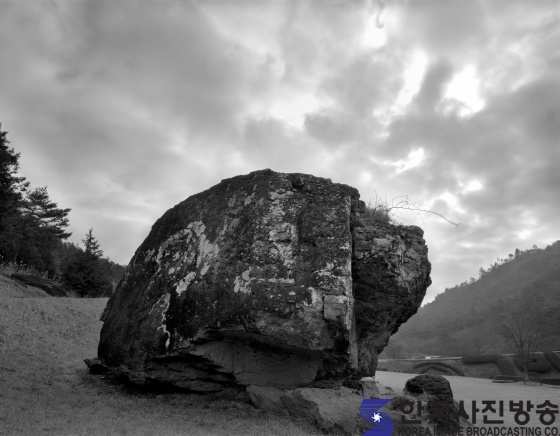
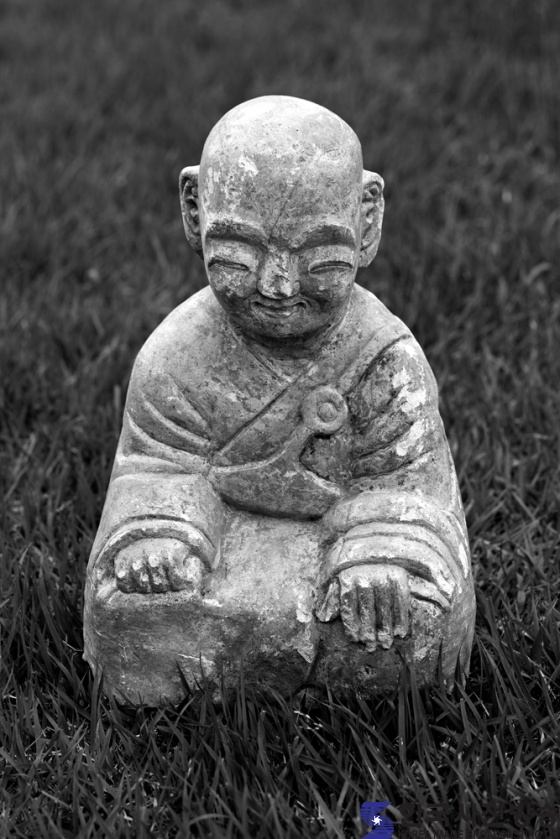
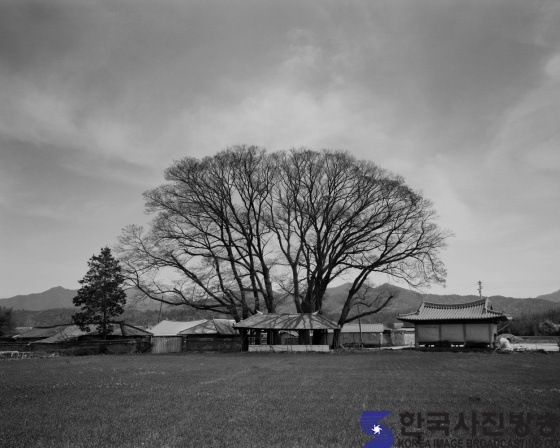
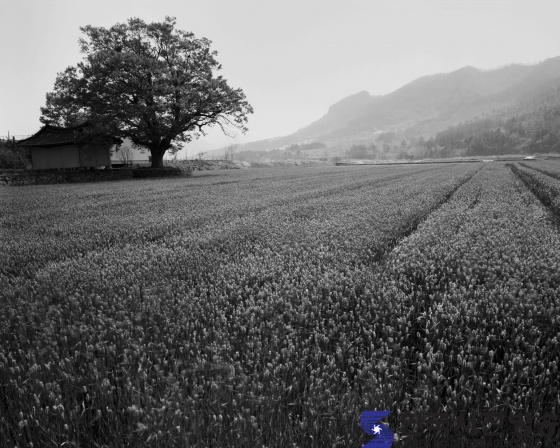
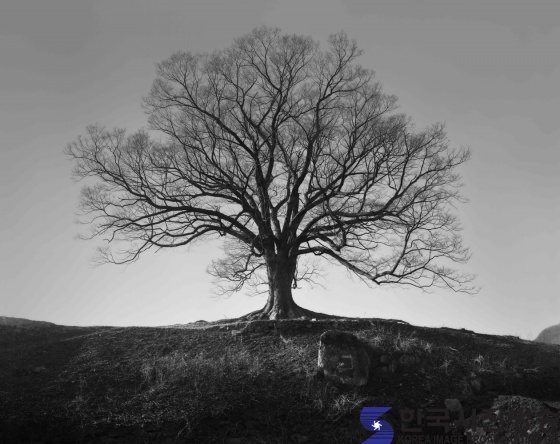
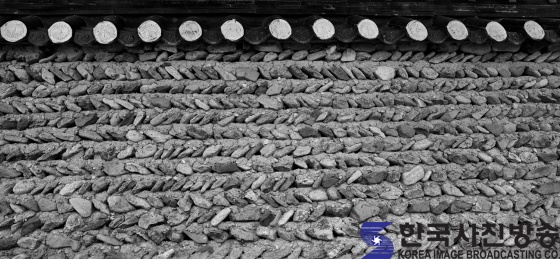
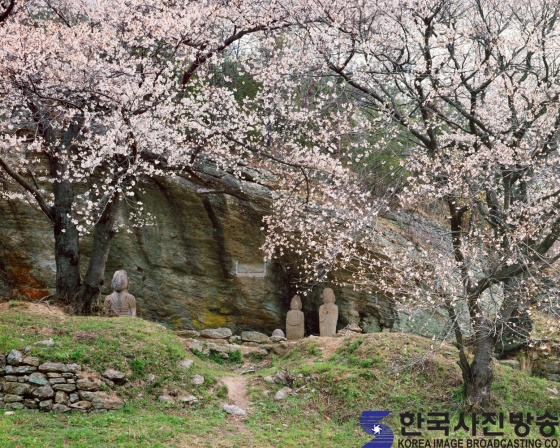
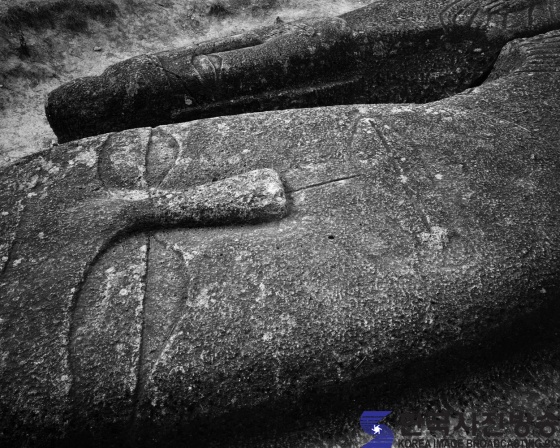
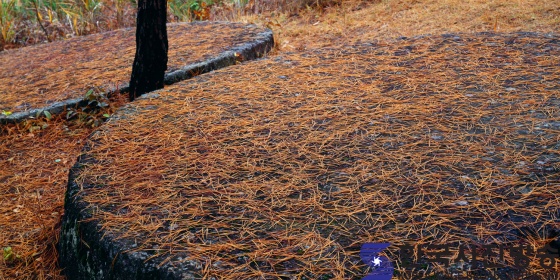
|

